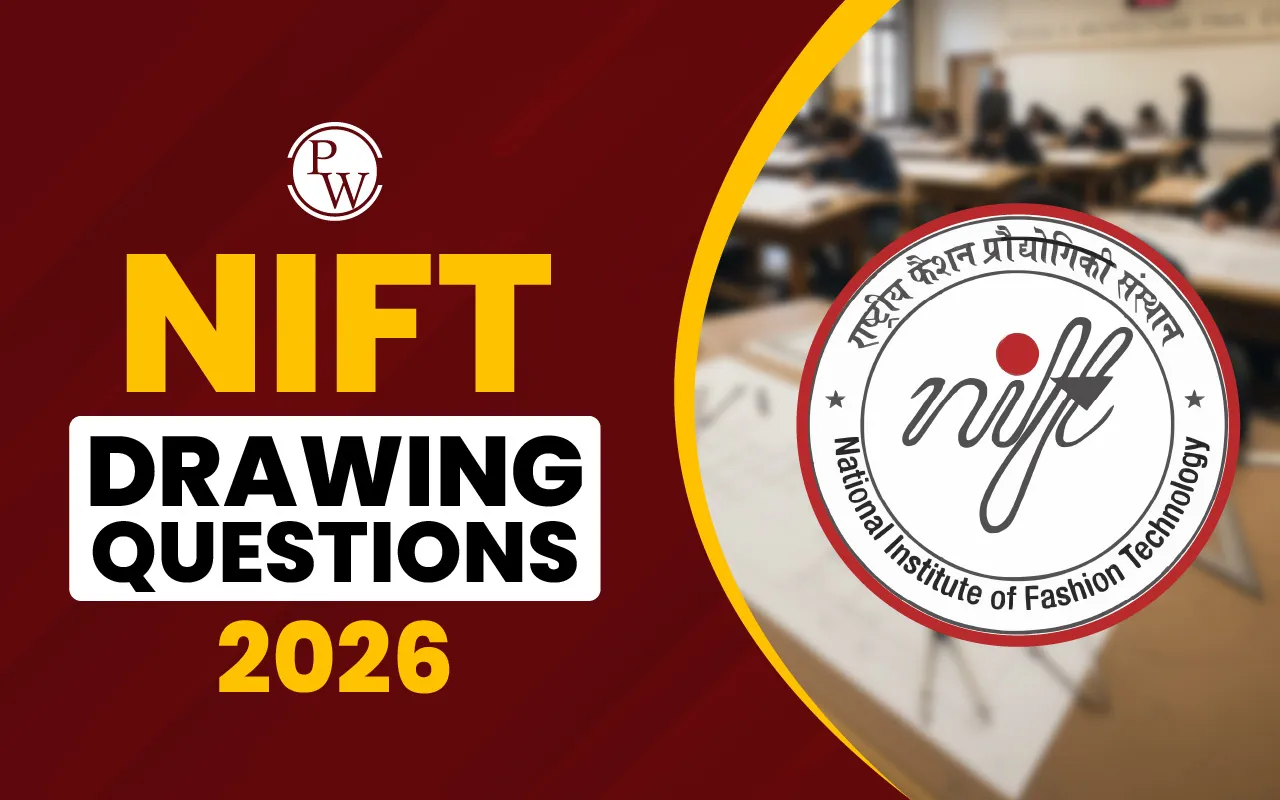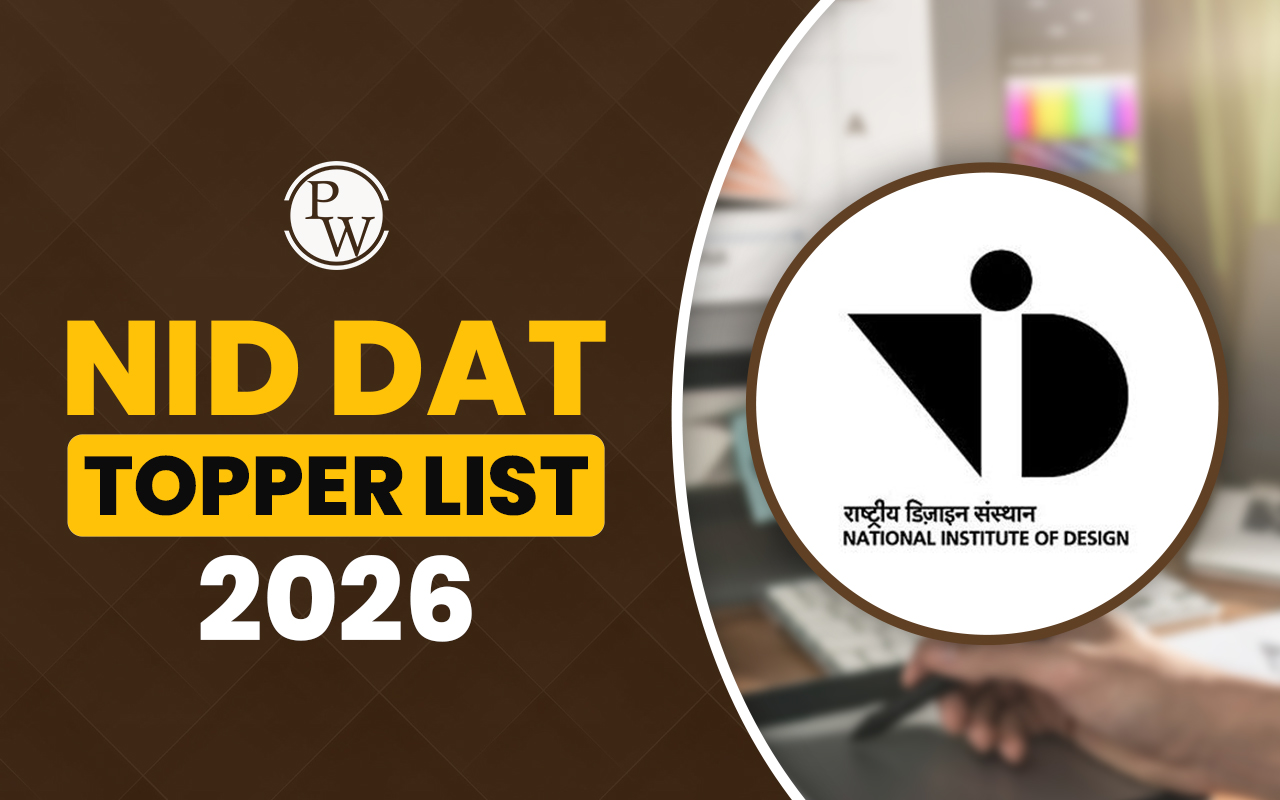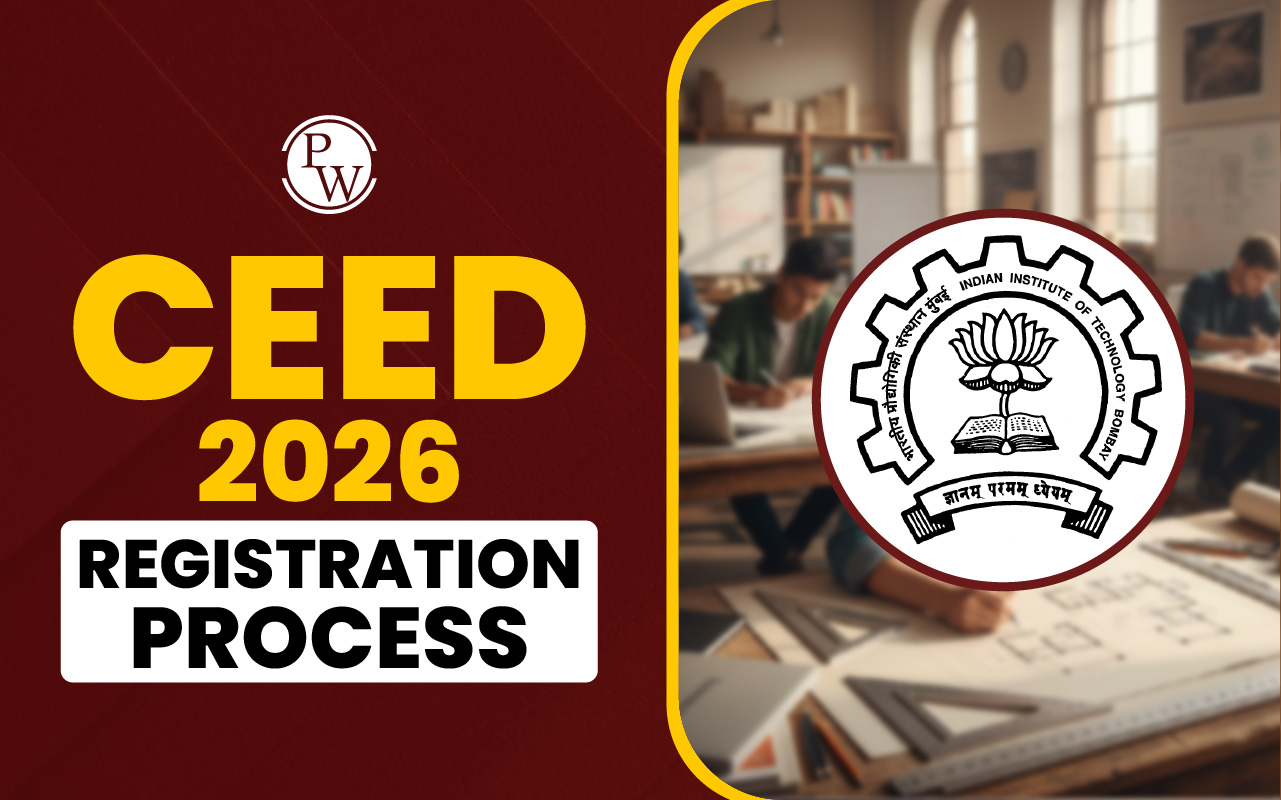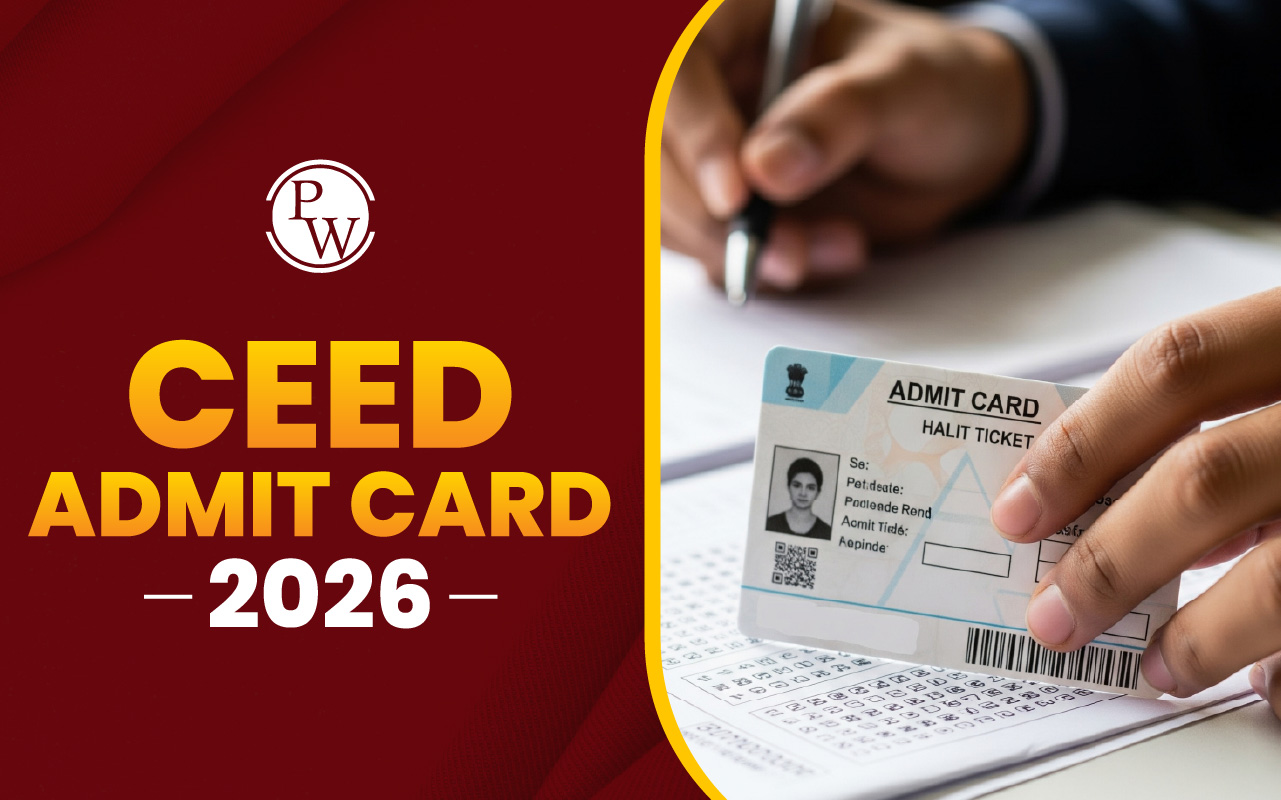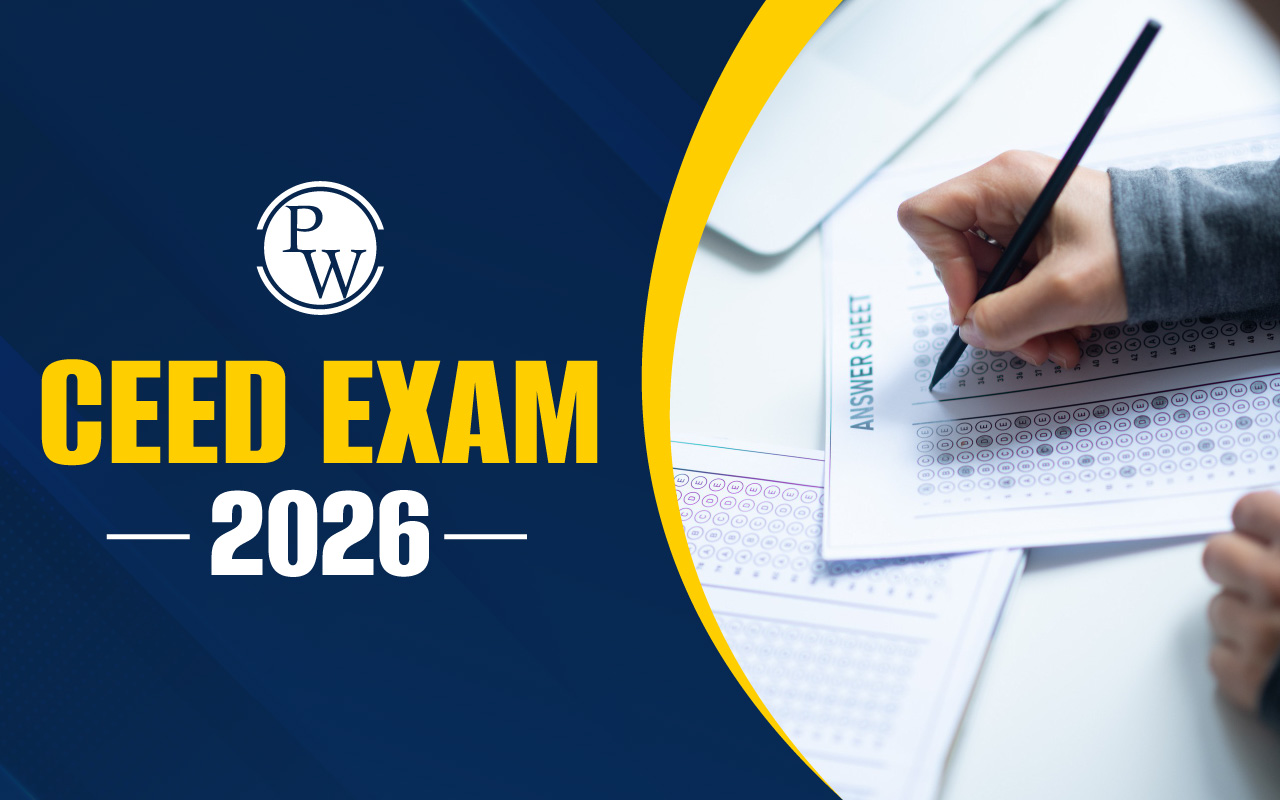
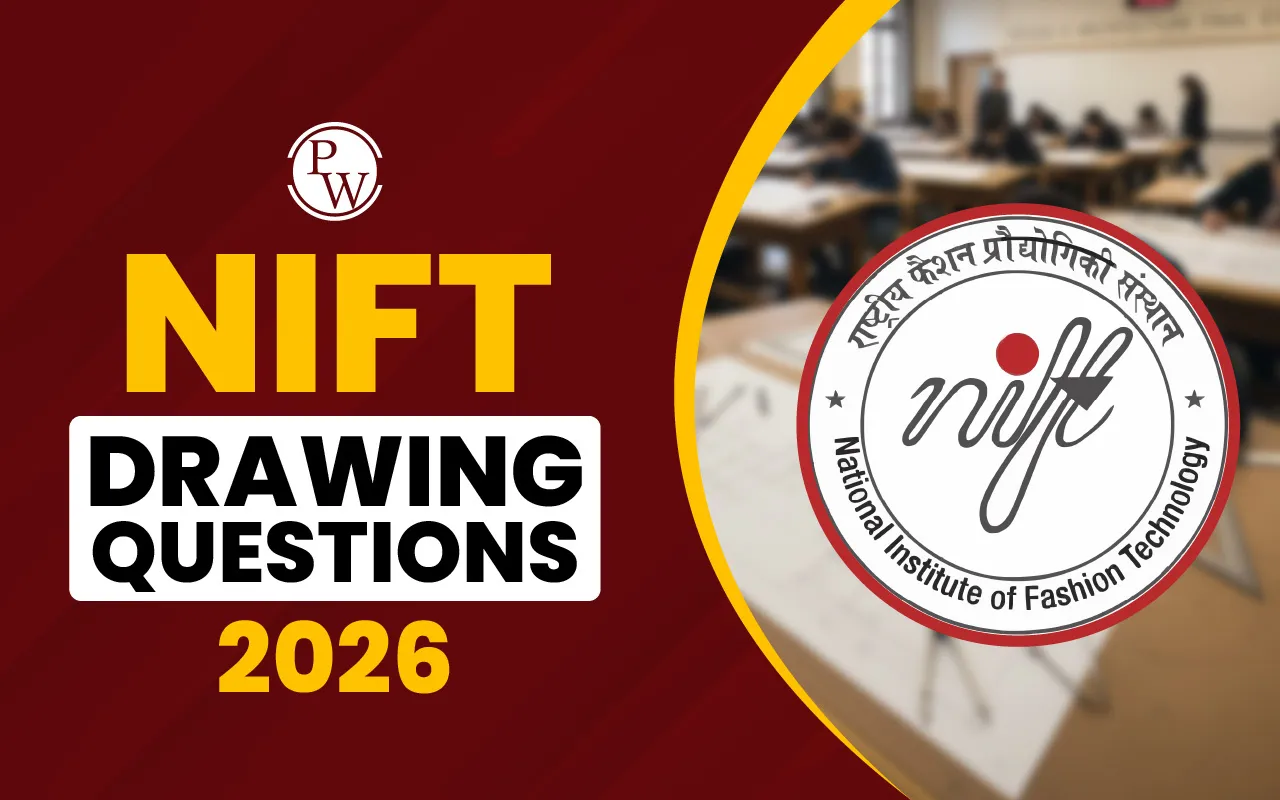
NIFT Drawing Questions 2026 are definitely going to be an important part of the NIFT entrance Test 2026. Through these NIFT questions, candidates' knowledge is evaluated based on several aspects. It measures drawing skills, imagination, and the ability to communicate design concepts. Since design is a visual art, this test plays a vital role in the selection process for admission to the National Institute of Fashion Technology.
Overview of NIFT Drawing Questions 2026
The NIFT Drawing Questions 2026 are part of the Creative Ability Test (CAT). This section checks a student’s drawing skills, sense of design, and creativity. Students answer descriptive questions using pencils, colors, or sketch pens. The goal is to show clear thinking and good observation in the artwork. It is not just about drawing well but also about presenting ideas clearly. Original and neat drawings are highly valued. Most questions need creative thinking and visualization. The time to complete this section is limited, so students must work quickly while keeping their ideas clear and well-organized.
Types of NIFT Drawing Questions
The Types of NIFT Drawing Questions are designed to evaluate artistic and conceptual abilities. Below are some common categories of drawing questions:
| Types of NIFT Drawing Questions | |
| Type of Question | Purpose of Question |
| Scene Drawing | To test how well students visualize daily life or imaginative scenes (e.g., a market, classroom, or festival). |
| Product Design | To check the ability to design useful items such as bags, shoes, or furniture with creativity. |
| Story Illustration | To see how students can create a story visually through sequential sketches. |
| Object Transformation | To test imagination by converting one object into another creative form. |
| Mood and Theme Representation | To examine how well students express emotions or themes like joy, celebration, or peace using colors and composition. |
| Perspective Drawing | To evaluate the understanding of angles, depth, and proportion in a given scene. |
These NIFT Drawing Questions 2026 types help examiners judge both creativity and technical understanding.
How to Solve NIFT Drawing Questions 2026?
To solve NIFT Drawing Questions 2026 effectively, candidates need to balance creativity and structure. Here are some simple steps to follow during the exam:
-
Understand the Question – One of the key things is to understand the questions well enough. Read the question carefully and identify the key theme or idea.
-
Plan Before Drawing – Instead of rushing through the time and over-questioning. Use 1–2 minutes to plan your composition on rough space.
-
Think Creatively – Avoid common ideas. Try to visualize something original but realistic.
-
Focus on Neatness – Use light pencil strokes first; darken the final outline later. However, this might sound like one of the basics, but it plays an important role.
-
Add Details – Small elements like shadows, patterns, and perspective improve visual quality. Adding these minute details will make one paper stand out from the rest.
-
Use Colours Wisely – Keep colors balanced and relevant to the scene or mood.
-
Review Quickly – Check for proportion, spacing, and completeness before submission.
Key Skills Tested in NIFT Drawing
The NIFT Drawing Questions 2026 test several important creative and technical skills. The table below lists the major ones:
| Key Skills Tested in NIFT Drawing | |
| Skill Area | Description |
| Creativity and Imagination | Ability to create original ideas and present them visually. |
| Observation Skills | Attention to small details in real-world scenes or objects. |
| Proportion and Perspective | Understanding of size, shape, and depth in drawings. |
| Visual Communication | Expressing ideas clearly through art and design. |
| Use of Colour and Composition | Balancing colors and placing elements harmoniously. |
| Time Management | Completing drawings within the given duration without losing quality. |
Common Themes in NIFT 2026 Questions
The Common Themes in NIFT 2026 Questions often relate to real-life situations or design imagination. Below are examples of common topics that have been observed in previous years and are likely to appear in NIFT 2026:
| Common Themes in NIFT 2026 Questions | |
| Theme | Example Question |
| Daily Life Activities | Sketch a street food vendor scene during evening hours. |
| Festivals and Celebrations | Draw a community celebration showing unity and joy. |
| Environmental Awareness | Design a poster on the theme “Save Water, Save Life.” |
| Future Design Concepts | Create a sketch showing a futuristic classroom. |
| Fashion and Lifestyle | Illustrate a modern outfit for college students. |
| Cultural Heritage | Draw an art festival scene inspired by Indian traditions. |
Tips to Approach NIFT Drawing Questions
Approaching NIFT Drawing Questions 2026 with a clear plan improves both accuracy and creativity. Here are some effective tips:
| Tips to Approach NIFT Drawing Questions | |
| Tip | Description |
| Read the Question Twice | Understand the exact expectation before starting the drawing. |
| Use Simple Ideas | A clear and neat drawing is better than a complicated one. |
| Practice Daily Sketching | Regular practice builds speed and confidence. |
| Observe Real Life | Study human gestures, objects, and spaces to make drawings look natural. |
| Stay Calm | Avoid rushing; steady hands help maintain quality. |
| Develop a Visual Storytelling Approach | Use visual elements to show emotions and ideas effectively. |
Time Management Strategies for Drawing Section
Managing time during the drawing section is very important. The NIFT Drawing Questions 2026 test has limited time, so students must plan carefully.
| Time Management Strategies for Drawing Section | |
| Strategy | Description |
| Divide Time by Questions | Allocate time equally to each question, keeping the last 5 minutes for review. |
| Start with the Strongest Area | Attempt the type of drawing you are most comfortable with first. |
| Avoid Over-Detailing | Focus on the main idea; too many small details can waste time. |
| Set Checkpoints | After every 10 minutes, check your progress to stay on track. |
| Practice Timed Mock Tests | Simulate exam conditions to improve speed and confidence. |
The NIFT Drawing Questions 2026 test creativity, observation, and how well students can show ideas through drawings. Knowing the types of questions, common themes, and needed skills helps in preparation. With regular practice, clear thinking, and good time management, students can show their ideas confidently and do well in the drawing section.
|
Other Related Links |
|
| Architecture Course Duration | How To Prepare For NATA In 6 Months? |
NIFT Drawing Questions 2026 FAQs
What type of questions are asked in NIFT Drawing 2026?
How to download UCEED 2025 question papers?
How many questions are there in the NIFT drawing section?
What materials are allowed in the NIFT drawing test?

